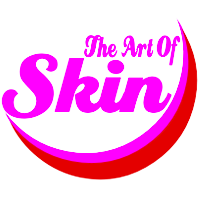Folliculitis, a common skin condition, occurs when hair follicles become inflamed. The main culprits behind folliculitis are fungal and bacterial infections, although viruses, fungi, and ingrown hairs can also trigger it. Symptoms manifest as clusters of small red bumps or whitehead pimples around the affected follicles. These bumps may develop into pus-filled blisters that eventually crust over. In some cases, a large, swollen mass may form, accompanied by painful, itchy, or tender skin.
Medical professionals categorize folliculitis into two types: superficial and deep. Superficial folliculitis includes bacterial folliculitis, pseudomonas folliculitis, pseudofolliculitis barbae, and pityrosporum folliculitis. On the other hand, deep folliculitis encompasses sycosis barbae, gram-negative folliculitis, boils and carbuncles, and eosinophilic folliculitis. Treatment options for folliculitis range from minor surgical procedures and laser hair removal to medications like creams or pills. These medications aim to control infection, combat fungal infections, and reduce inflammation.
